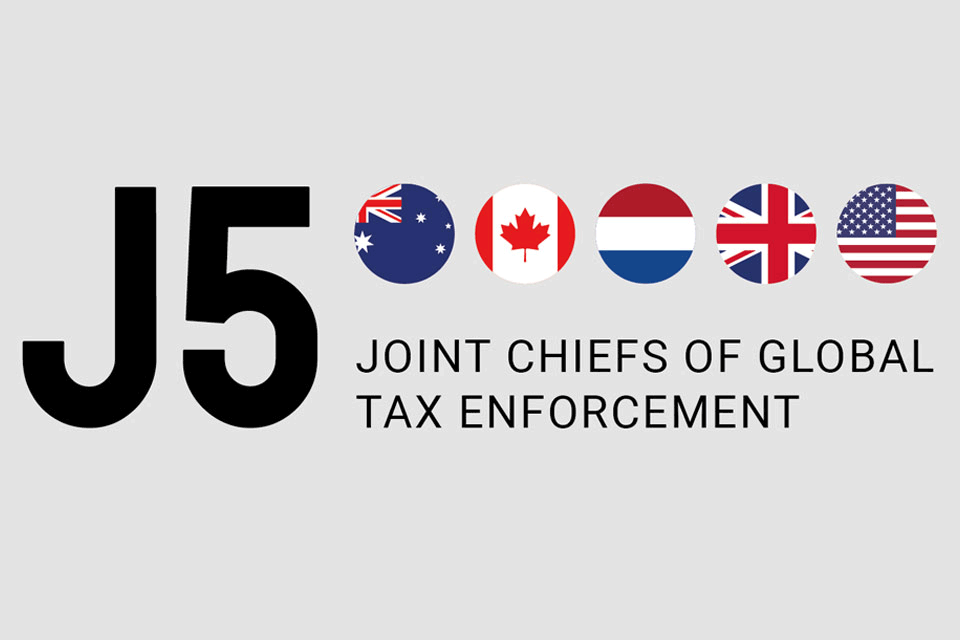On 22 July 2015 the UK government issued a consultation document containing detailed proposals for strengthening the penalties for tax avoidance. The closing date for comments on this consultation document is 14 October 2015.
Serial avoiders’ regime
The regime for serial avoiders would involve the triggering of a warning period when a tax avoidance scheme is defeated for the first time. A warning notice issued to the taxpayer would advise that further consequences would follow if the taxpayer entered further avoidance schemes during the next five years (or whatever period may be decided in the final legislation). Once issued with the warning notice the taxpayer would be required to certify on an annual basis whether any new avoidance schemes have been entered into.
If further avoidance schemes are entered into during the period the taxpayer must provide details of the schemes and reason why these schemes were considered to work. If a scheme used by the taxpayer during the initial warning period is defeated the period will be extended from the date of the first defeat.
In some cases a person continuing to use tax avoidance schemes during the warning period would be named publicly as a serial avoider. The consultation document suggests that public naming would occur if a further three tax avoidance schemes were entered into during the warning period.
Surcharge
The discussion document proposes a surcharge based on objective criteria such as repeated or concurrent use of tax avoidance schemes that are defeated. The taxpayer would be put on notice at the appropriate time that a further defeated scheme resulting in understated tax would result in a surcharge. Taxpayers would therefore have an opportunity to alter their behavior before becoming subject to the surcharge.
One proposal is that the surcharge could be a low level of charge similar to late payment penalties. Alternatively there could be a higher surcharge rate with the possibility of reductions to reflect cooperation or disclosure by the taxpayer in the enquiry. Under these two possible scenarios a tax avoider continuing to submit returns using avoidance schemes that are defeated by HMRC would be subject to increasing rates of surcharge.
There would be a right of appeal to a Tribunal against the surcharge, but the consultation document proposes that the defense of reasonable excuse would exclude cases where the taxpayer relied on advice given to a third a party, not by reference to the taxpayer’s particular circumstances. The consultation document invites comments on structuring the reasonable excuse defense so it is fair to the taxpayer but does not make the surcharge less effective.
Restricting reliefs
After a warning notice has been issued for serial tax avoidance and further schemes have been used by the taxpayer involving misuse of tax relief in an avoidance scheme which is defeated by HMRC the consultation document suggests that the taxpayer should not have access to that relief for a certain time period, which the document suggests should be five years. This could involve either restricting access to the particular tax relief that was misused or restricting access to a broad category of tax reliefs.
Penalty for the GAAR
The consultation document suggests that a penalty would be introduced in connection with the general anti-abuse rule (GAAR). This would be imposed when the taxpayer has committed a failure, which would be an occasion when the taxpayer sends in a return or claim including a tax advantage from tax arrangements that fall within the scope of the GAAR. The penalty would apply after scrutiny by the GAAR Advisory Panel when HMRC has successfully challenged the abusive tax arrangements.
The GAAR penalty would be proportionate to the amount of the tax advantage that has been successfully challenged under the GAAR. The consultation document suggests that the penalty should be 60% of the tax counteracted under the GAAR. The other penalties would also apply to the case as before, but the total penalty would be restricted to 100% of the tax, or in the case of offshore issues to the highest penalty that could be imposed under Schedule 24 FA 2007 (penalties for errors). There would be safeguards against disproportionate outcomes.
In addition to the GAAR penalty the document suggests other measures that could be applied, such as allowing an opinion of the GAAR Advisory Panel to enable the same arrangements to be challenged when used by other taxpayers. Another proposal is to align GAAR procedures with the general enquiry framework so that a protective assessment could be issued to protect HMRC in GAAR cases where time limits are due to expire.
New POTAS condition
A change is also proposed to the legislation on Promoters of Tax Avoidance Schemes (POTAS). This would involve a new threshold condition for promoters of schemes who are considered to be high risk. This would apply to promoters who have marketed a number of tax avoidance schemes that have been defeated. Schemes would be included if they are notifiable under DOTAS or the VAT disclosure regime (VADR); defeated under the GAAR; defeated following the issue of a follower notice; or defeated under a targeted anti-avoidance provision (TAAR). It is proposed that the POTAS condition could be triggered if three if a promoter’s schemes are defeated within a defined period. Safeguards would be included in the provision and comments are invited on these.















